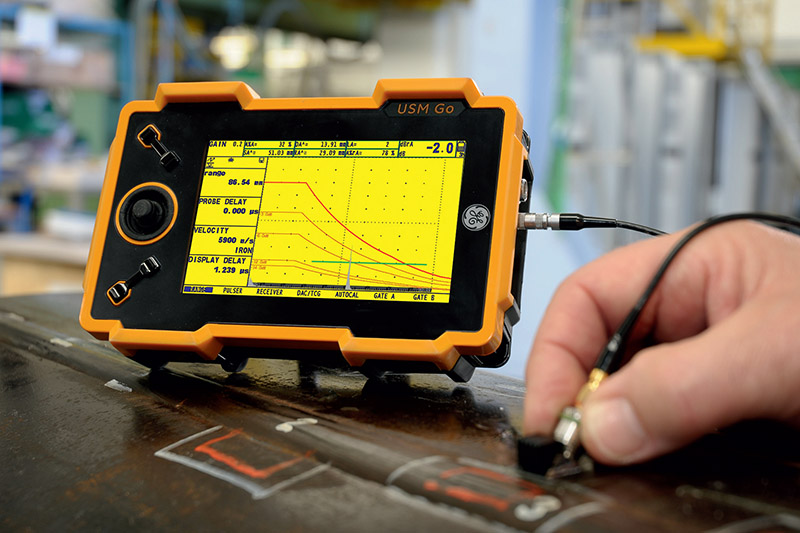
NDT (nondestructive testing) equipment allows technicians to test or measure the properties of a material without damaging it. While this sounds like a fairly simple idea, NDT equipment is often highly sophisticated, and the materials measured by NDT often perform critical roles in construction, aerospace, the oil and gas industries, and more. In contrast to medical equipment, NDT equipment does not directly save lives; however, it does so indirectly by alerting technicians to failures and potential failures in materials.
Infographic: Everyday NDT—How Nondestructive Testing Creates A Safer World
While this list is not exhaustive, here are several notable NDT technologies, how they work, and what they’re used for.

Image courtesy of Martin Abegglen. Licensed under Creative Commons 2.0 SA.
Thermal imaging has evolved rapidly over the last few decades. Today, this technology offers measurement insight and analysis in a wide range of applications. Since thermal imaging detects differences in temperature, it can be used to find overheated mechanical components before they fail. This can save nearby technicians from injury while also protecting a company’s bottom line. It can also be used in home inspection to find leaks in insulation or other inefficiencies in heating and air conditioning systems.
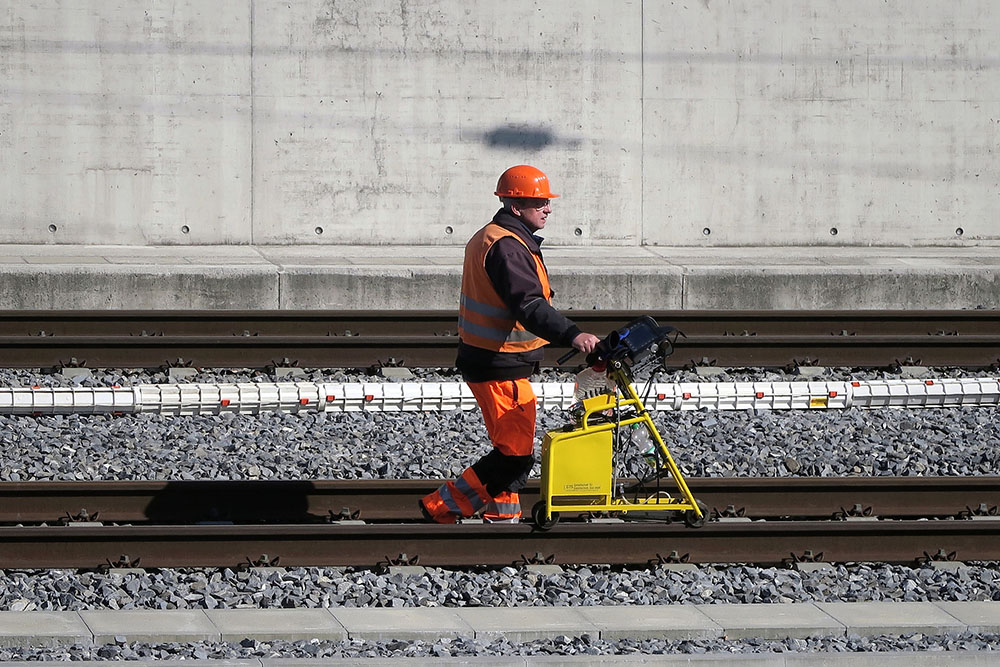
Image courtesy of Kecko. Licensed under Creative Commons 2.0 SA.
Ultrasonic testing has a wide range of applications in numerous industries. The underlying principle of this technique is simple: as ultrasonic sound waves are propagated through a test piece, they reflect back to the test device with various distortions. The device measures these results and determines flaws in the material which would otherwise remain invisible. Popular ultrasonic testing units include the GE DM5E Ultrasonic Thickness Gauge and the GEIT DMS Go+.
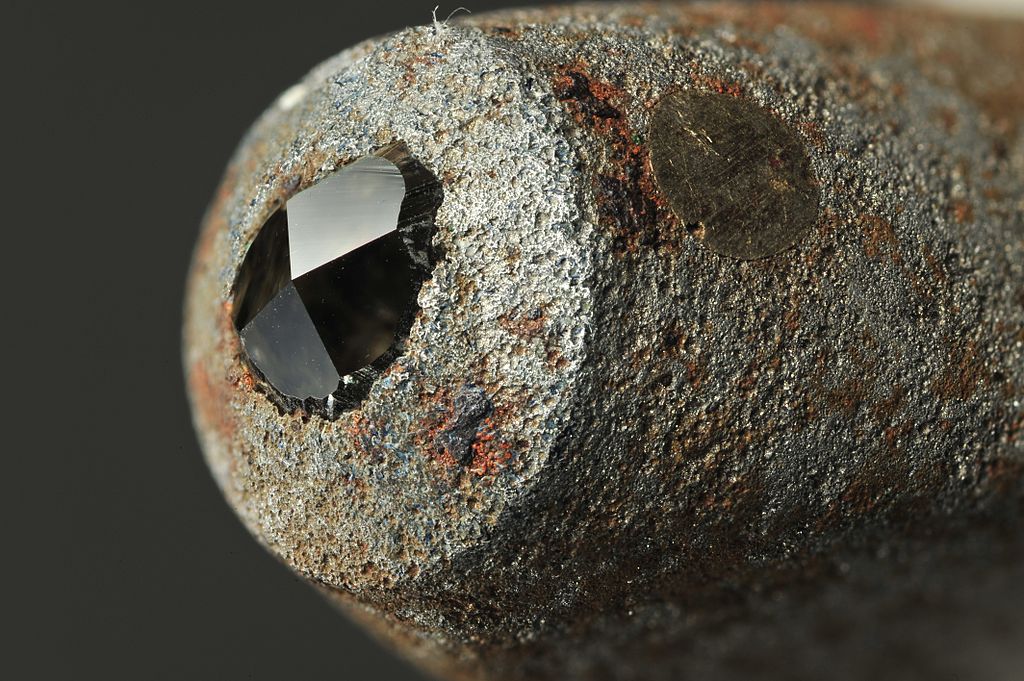
Vickers diamond indenter. Image courtesy of R. Tanaka. Licensed under Creative Commons 3.0 Unported.
Hardness testing measures how much a material resists indentation. Common hardness testing methods include Rockwell, Brinell, Vickers, and Knoop. Different methods are used for materials with different properties. For example, material with a rough surface requires a larger indenter and a heavier load to even out the surface irregularities, while smooth materials can be tested with smaller indenters and lighter loads.
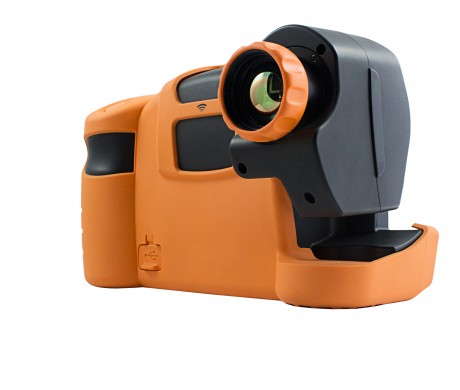
Did you know that consumer electronic devices may create small sparks inside during normal operation? Or that these devices may not be completely sealed from the outside environment? Hence the need for intrinsically safe and explosion-proof equipment. This sophisticated technology allows operators to take measurements and photos in extremely dangerous conditions. With their sealed design and non-sparking operation, these tools are safe to use in explosive areas.
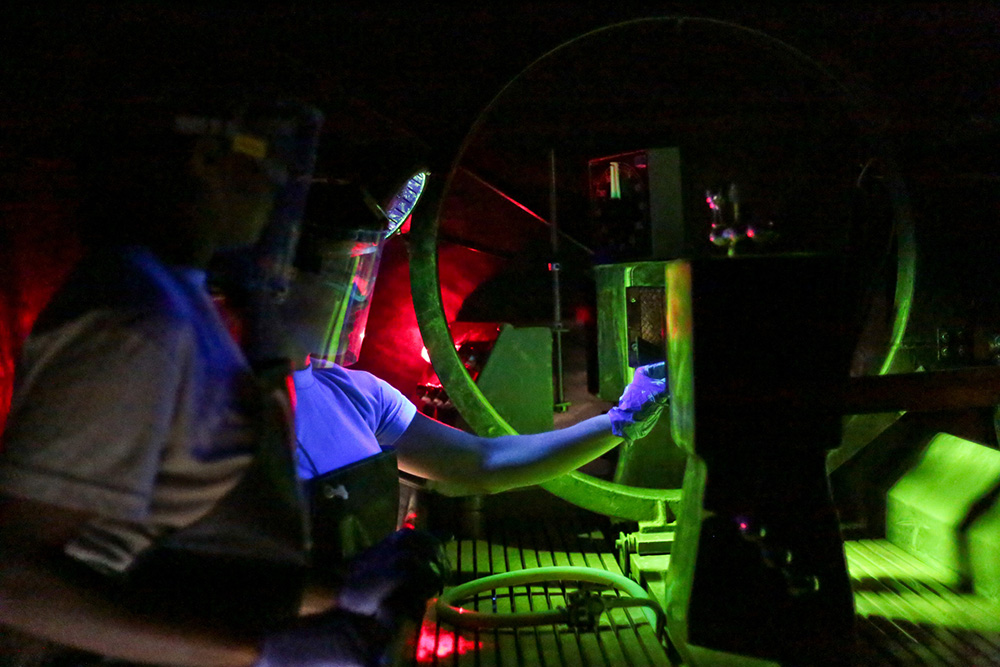
Magnetic particle inspection is used to detect irregularities inside and outside test pieces that are made of ferromagnetic material. Inspection is performed with either movable or stationary test equipment, depending on the size and mobility of the test piece. The test piece is magnetized, either by having a current passed through it, or by having an external magnetic field applied to it. Then ferromagnetic particles (either dry or in suspension) are applied to the test piece. Discontinuities in the resulting visual field indicate irregularities in the test piece.
Nondestructive testing is a fairly broad concept, and as such, it was doubtless practiced crudely without a name for millennia. However, the explosive growth of technology in the 18th, 19th, and 20th centuries first introduced the need for more sophisticated kinds of nondestructive testing.
According to the American Welding Society, flour and oil were used in Roman times to detect cracks in marble. This technique is the forerunner to modern penetrant inspection, which uses a substance that lights up under UV radiation to show cracks in materials.
Wilhelm Conrad Röntgen first discovered X-rays in 1895. The application of X-rays to the medical field was immediately recognized, but it was not until the 1930s that X-ray inspection was applied to industrial manufacturing.
From the 1930s on, nondestructive testing methods grew exponentially. The ’30s saw the introduction of radioactive isotope testing for welds, as well as the founding of the Magnaflux corporation. Ultrasonic flaw detection was patented in 1942, while thermal imaging was developed in the 1950s and 60s as a military technology.
Today, numerous technologies fall under the banner of NDT. Modern NDT equipment is incredibly sophisticated and specialized. NDT ensures greater safety to workers and the public in numerous sectors, including the oil and gas industries, aerospace, construction, and welding.
At Berg Engineering, we have stayed abreast of the evolving NDT world for over 40 years. While the technology has changed considerably in that time, our commitment to NDT is as strong as ever. We pride ourselves on our long history in the industry, and we love talking to potential clients about their needs.
In addition to NDT equipment sales, we also offer an NDT equipment rental program. This program is ideal for situations in which you only need the test equipment for a one-time project or a recurring project with a short duration.
If you have any questions about NDT, whether generally or regarding a specific device or application, please do not hesitate to contact us. Our customer service representatives are happy to assist you.
Phone: 1-847-577-3980
Fax: 1-847-577-0474
E-mail: info@bergeng.com
Mail: Berg Engineering & Sales, Company, Inc.
3893 Industrial Ave.
Rolling Meadows, IL 60008